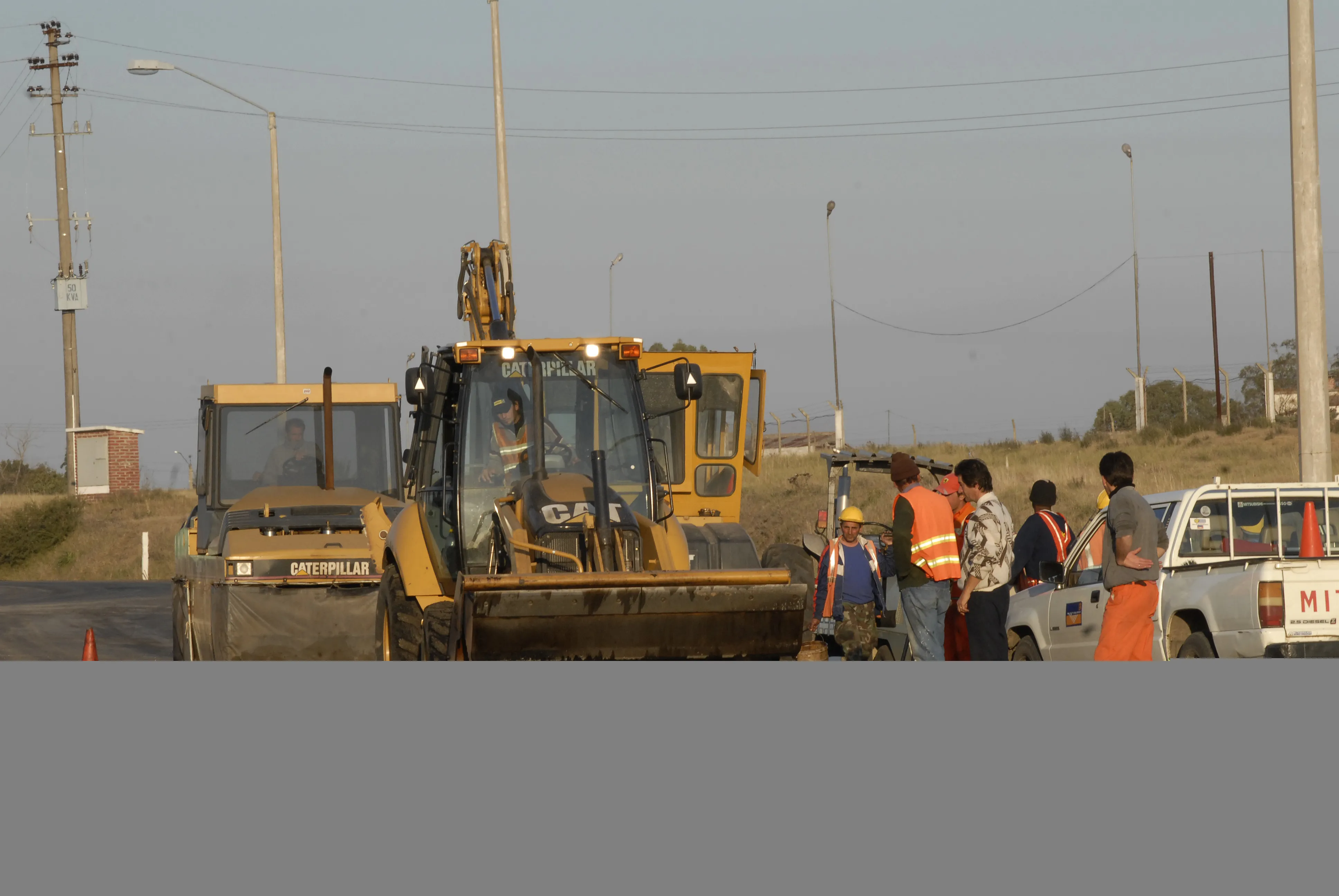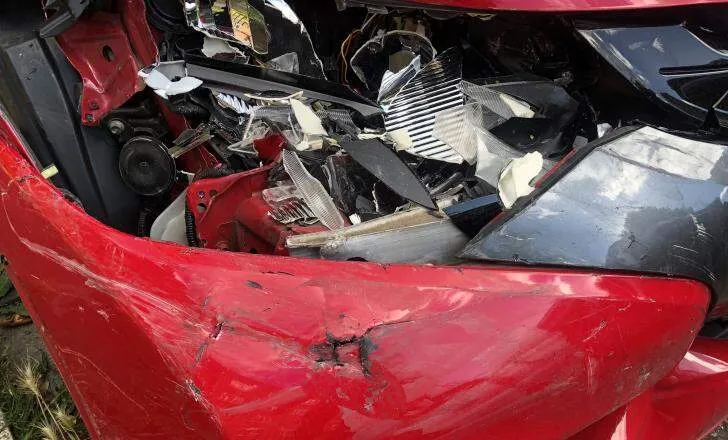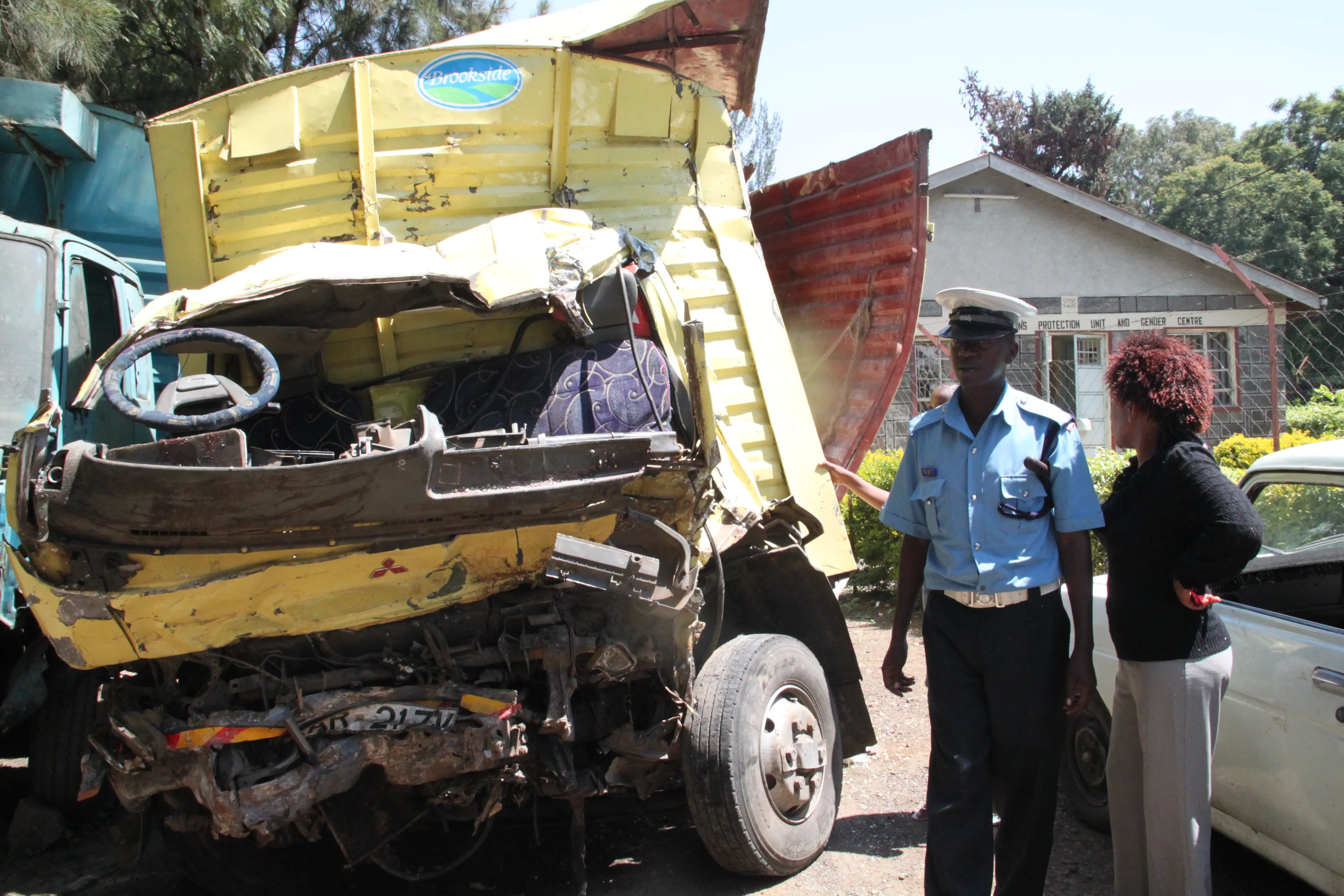There is mounting concern in the US at the high number of crashes during 2015. For the first seven months of 2015, there has been a 14% increase in the number of traffic fatalities compared with the same period in 2014. The data shows that there were 18,630 road deaths in this period, with over 2.2 million serious injuries. This is a notable increase and should the trend continue it will mean that 2015 will have had the highest rate of road deaths since 2007. The cause (or causes) of the increase in road de
August 19, 2015
Read time: 2 mins
There is mounting concern in the US at the high number of crashes during 2015. For the first seven months of 2015, there has been a 14% increase in the number of traffic fatalities compared with the same period in 2014. The data shows that there were 18,630 road deaths in this period, with over 2.2 million serious injuries. This is a notable increase and should the trend continue it will mean that 2015 will have had the highest rate of road deaths since 2007. The cause (or causes) of the increase in road deaths has (have) not been determined. Low US fuel prices will also have resulted in greater distances being driven. The increasing problem of distracted driving resulting from the use of smartphones at the wheel is also likely to be another factor. Speeding and driving under the influence have also been cited as additional factors.
The improving economy in the US is likely to be another key factor, as greater economic activity means that more people are driving to and from work and also that more freight is being carried on the nation’s roads. Estimates released by the2364 US Department of Transportation’s (USDOT) 2410 Federal Highway Administration (FHWA) show that U.S. driving topped an estimated 2.016 trillion km in the first five months of 2015, passing the previous record, 1.968 trillion km, set in May 2007. The new data, published in FHWA’s latest “Traffic Volume Trends” report, a monthly estimate of U.S. road travel, show that 440.16 billion km were driven in May alone, the most ever in May of any year, reaffirming calls for increased investment in transportation infrastructure as demand on the nation’s highway system grows.
The new figures confirm the trends identified in “Beyond Traffic,” a USDOT report issued earlier this year, which projects a 43% increase in commercial truck shipments and population growth of 70 million by 2045. The report examines the trends and choices facing America’s transportation infrastructure over the next three decades, including a rapidly growing population, increasing freight volume, demographic shifts in rural and urban areas, and a transportation system that is facing more frequent extreme weather events. Increased gridlock nationwide can be expected unless changes are made in the near-term.
The improving economy in the US is likely to be another key factor, as greater economic activity means that more people are driving to and from work and also that more freight is being carried on the nation’s roads. Estimates released by the
The new figures confirm the trends identified in “Beyond Traffic,” a USDOT report issued earlier this year, which projects a 43% increase in commercial truck shipments and population growth of 70 million by 2045. The report examines the trends and choices facing America’s transportation infrastructure over the next three decades, including a rapidly growing population, increasing freight volume, demographic shifts in rural and urban areas, and a transportation system that is facing more frequent extreme weather events. Increased gridlock nationwide can be expected unless changes are made in the near-term.








